In July I had the honor of assisting the inspiring Italian artist, Alex Cecchetti, on his exhibition 'Everything is Welcome'.

In just two and a half weeks I dyed 23 four meter panels from which to hang Alex's watercolours and worked with Alex to naturally dye 6 dervish skirts. In the end, this experience allowed me to channel Alex's vision through natural dyes and challenged me to work on the largest scale I've ever experienced. It was a true joy to work alongside another plant-obsessed artist and I delighted to hear all his stories about plant origins, discoveries, and uses.
The weeks were spent testing potential sources of color using different techniques, mordanting kilos of fabric, measuring and cutting fabric, ecoprinting, immersion dyeing, hammering the details, and finally setting up the exhibition.
Everything is Welcome is open to the public at Casa da Cerca, a beautiful contemporary art center in Almada with the best view of Lisbon from across the river. For a look behind the scenes, check out the photos below for more of our process.
We started our process by testing everything - plants from my dye garden, wild weeds, foraged plants, and from the flower shop. For each plant we had to test how they worked steamed or hammered and with different mordants. Thank goodness for scrap fabrics and note taking! But let's be honest - does the testing ever really stop?
Once the tests were made, Alex had a good idea of different color themes for the skirts and how they'd come together. It was really a beautiful exchange to hear what he wanted from the skirts and to respond with how we could make that happen.
Alex designed and created the compositions on the skirts as I provided support and technical suggestions - what mordant to use to achieve desired color, how to order the steps, suggestions of plants, etc.
The yellow skirt holds a special place in my heart because all the dye materials came from the garden. Leaves for ecoprinting and marigold flowers for dyeing. A proud moment that showed the value of fostering a dye garden.
The forest skirt ended up being an unintended homage to the trees of Lisbon. Walking down almost any street in this city, you'll find the same oaks, maples, and plum leaves that make up the canopy of this skirt.
140 bunches of fabric individually wrapped and tied to isolate fabric from indigo. 140 little bags that developed holes and had to be carefully drained before being opened. And then 140 cosmos flowers hammered one by one into the white circles. Our indigo skirt was a diva to dye, but the stunning results were worth all the work.
I feel like the purple skirt was a testament to our creative and testing process. Many of the same flowers were used steamed and hammered to capture their different forms.
Coreopsis, or 'coreopster' as Alex took to calling them, was the first dye plant I grew on my balcony. This vibrant plants is full of life, energy, and color. The plant itself is not picky with its growing conditions and blooms vigorously. Serendipitously, the flowers were in full bloom when we dyed the skirt.
I think this skirt shows Alex's vision and boldness perfectly. He pushed me to try printing with things I would have never considered and we achieved insanely cool results with logistically challenging materials. Combining bundle dyes, several rounds of eco prints, indigo dyeing, and hapazoming was a truly eye opening insight into how all these elements interact together.
Anyone who has every practiced natural dyeing knows how difficult it is to achieve completely even results. So you can imagine my relief when Alex was drawn to the natural inconsistencies in color that bring in a watercolour effect. Alex set a color scheme that would work well together in the main room and chose sources of color.
The panels were dyed using materials that are very locally abundant (acorns, olive leaves, fig leaves, pepper tree leaves, eucalyptus bark, etc.) and the spent baths that were used to dye the tops and bottoms of the dervish skirts. No material went to waste.
Natural dyes are living colors, which makes them magical but it also makes them difficult to work with. In just two and a half weeks Alex and I worked extremely hard to make this show come together. I hope you can feel the love, dedication, and passion that went into making the exhibition come alive.

Thank you, Alex, for having such a pure vision and intimate relationship with our Mother Earth.
Thank you, Filipa, for curating incredible exhibitions that connect people to our world.
Thank you, Casa da Cerca, for your beautiful space and incredible staff.
And thank you, plants, for your abundance, living colors, alchemic secrets, and healing energy.






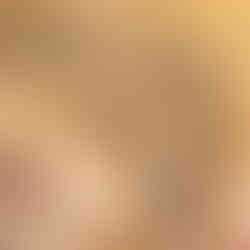


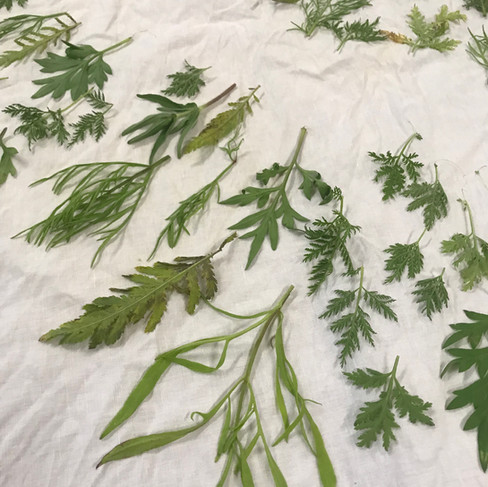
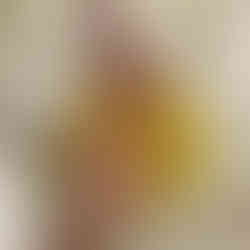



















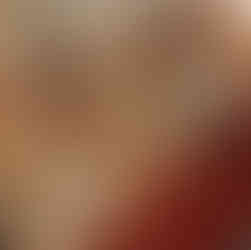



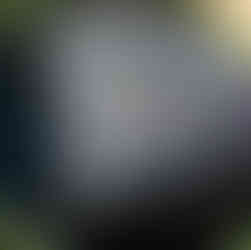



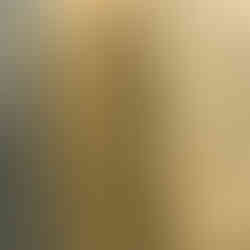

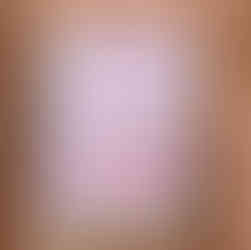



Fantastic work!!! Which fabric did you use for this project?